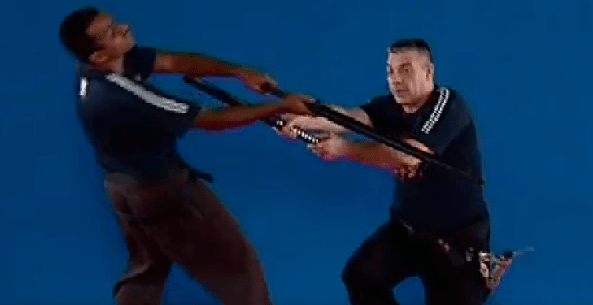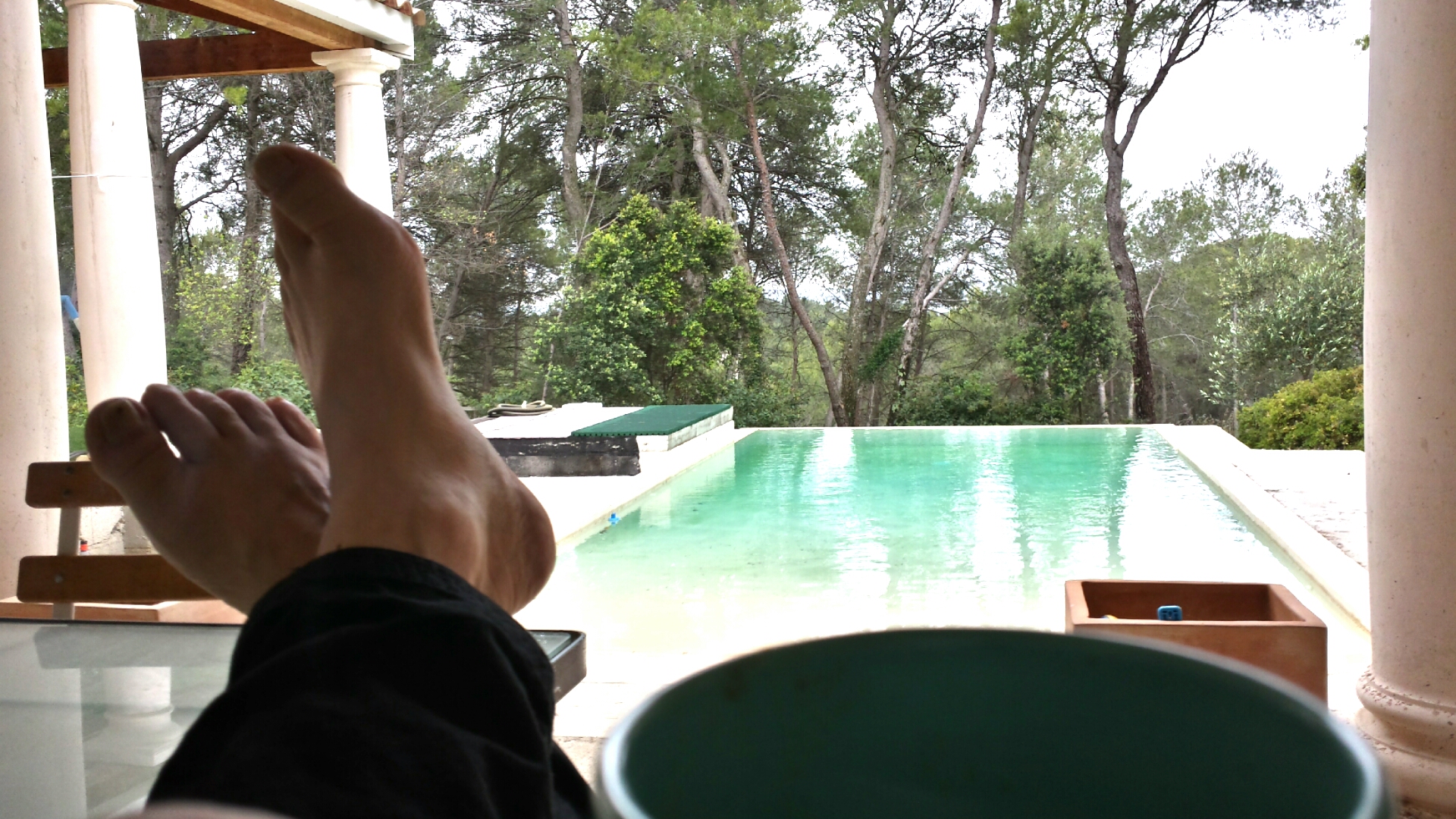
The world health situation locked down many Dōjō. Since last April, people have asked me a lot about my thoughts on video training. As you know, my streaming website offers 160 Gb of Bujinkan videos. The platform covers all the aspects of our martial arts. (1)
So, people expect me to be in favour of video learning. I’m sorry to disappoint them, I am not in favour of video learning. I am confident you will agree with me after reading this text.
As the title says it quite clearly, “watching is not training.” The learning process is not passive, it demands action. If you want to learn, you have to train. There is no magic shortcut. When I was younger, I loved to watch formula 1 races on tv. It didn’t improve my driving abilities in any way!
Watching is not training. A video only shows things in a 2-dimension system. In comparison, live techniques are always in 3-dimension. A screen shows only parts of the movement from one direction captured by the camera. It cannot “show” you what Uke “feels” when he receives the Waza. I organized a few Taikai in Paris for Sensei. It was always surprising to see the camera guys unable to capture the depth of Sensei’s moves. And they were still recording in the wrong direction.
Hatsumi Sensei advises us to watch his DVDs and read his books every day. But he doesn’t say that you will learn the techniques by doing so. He wants us to watch and listen to the things he does and says while moving. By watching the global movement, you begin to dive into the action. Watching and listening is not enough, though. Videos and speech give only an idea. But must be experienced at the physical level, in your body. A Waza is much more than a series of movements. The real knowledge about a Waza, a level, or a Ryū lies beyond the mechanical aspects. À video is only Omote, actual training with a teacher is the Ura.
There is one aspect of videos that I like. Videos are better than texts. Everything happens in one moment, unlike when you read a book because you have to read line by line. That is why many practitioners stay at the “1, 2, 3” level. Many never leave kindergarten, and that sadly includes many teachers.
You need a teacher to improve. Videos are reminders of things you know already, not stuff you want to learn. A good teacher helps you grow in the technique. He adapts his teaching to each individual. That allows you to understand the Waza for you, with your own body. Videos and texts cannot teach that.
A teacher is much more than a video because he is a “sensei” (2)(3), i.e. “someone born into this path before you”. He made all the mistakes you do. That is why he can guide you through the proper motion and the right understanding. A good teacher will teach on a personal basis, one to one. Actually, this is what Sōke has been repeating for decades. The link between you, the student, and your Sensei is exceptional. Once you accept him, or her, as your teacher, you build indefectible trust. No arguing between master and disciple can take place.
This precious binding between you and your teacher is why martial arts are nor sports. It happens the moment you decide to do whatever it takes to make it possible.
Remember, you will never be the disciple of your video or DVD player. You are Human!
___________________
1 www.koimartialart.com
2 先生, teacher; instructor; master
3 https://en.wikipedia.org/wiki/Sensei
Sensei: “he who was born before another”



